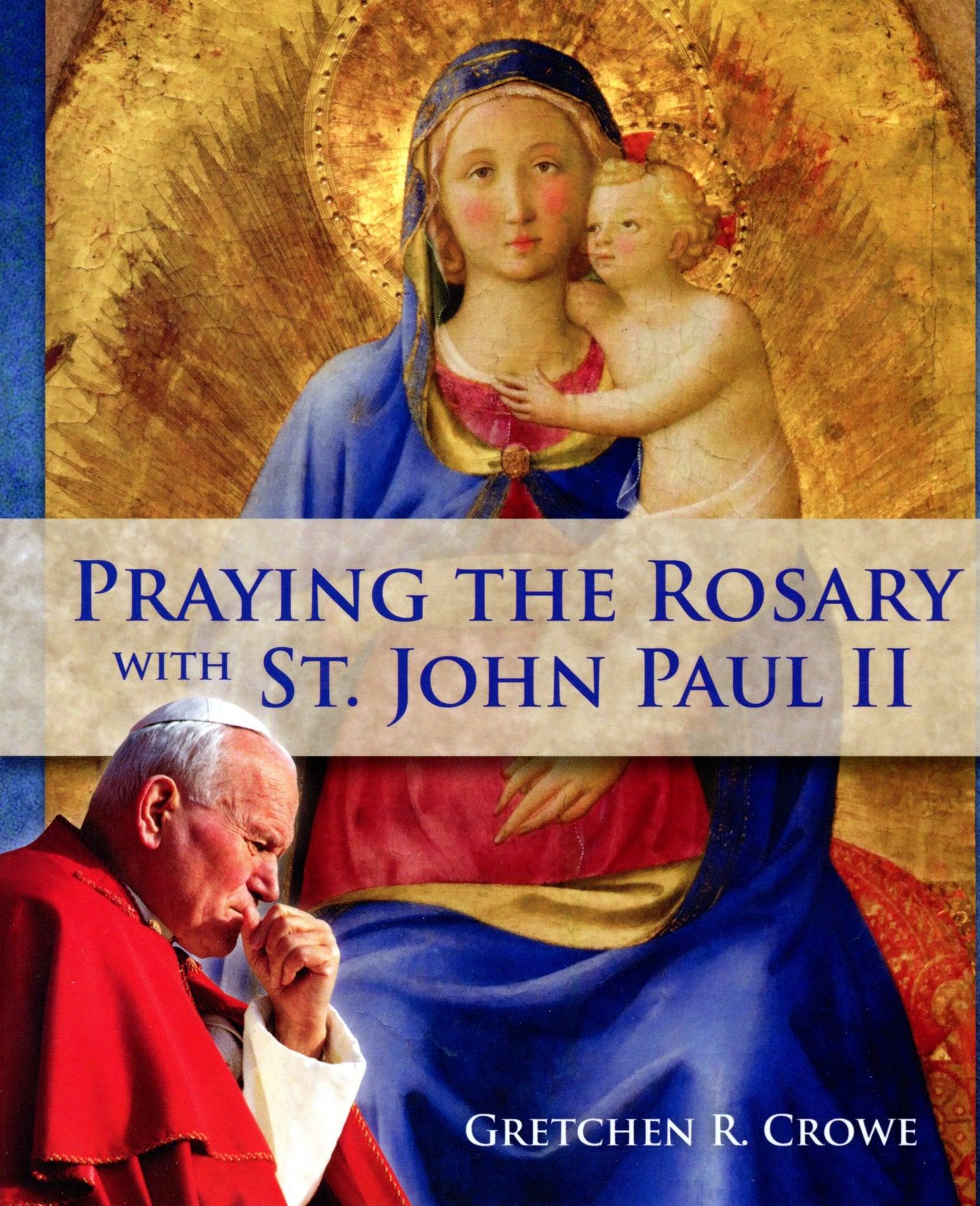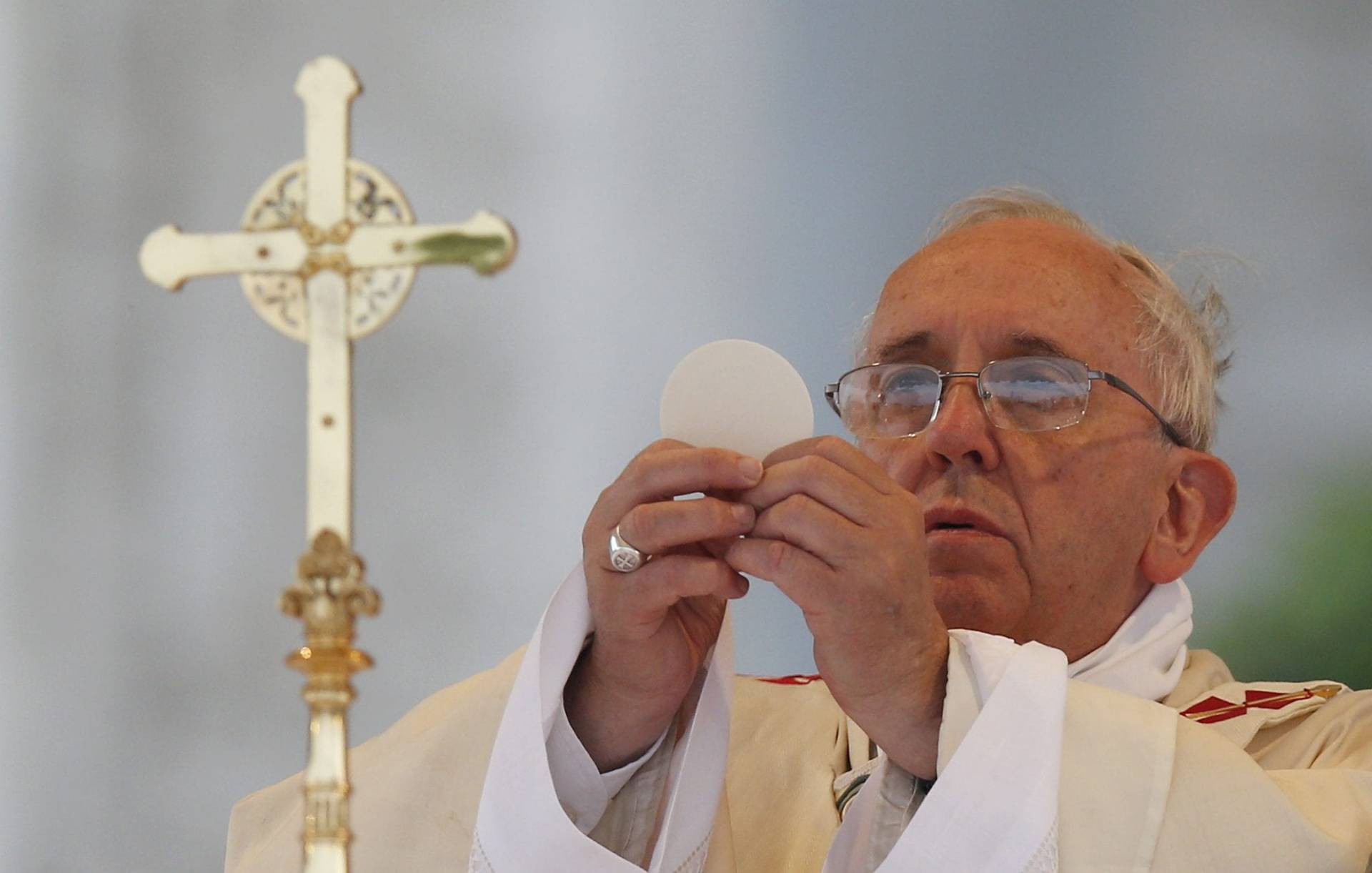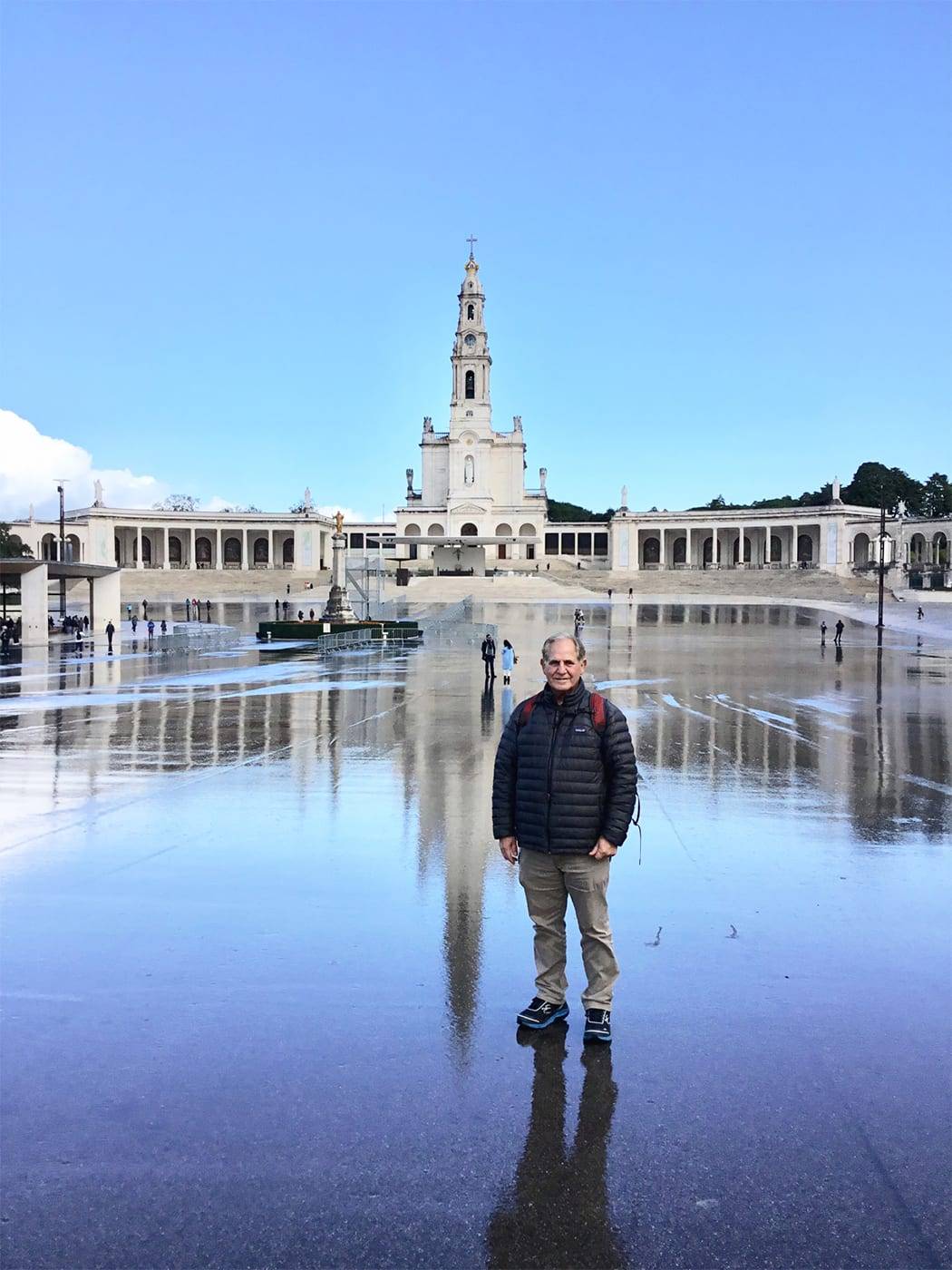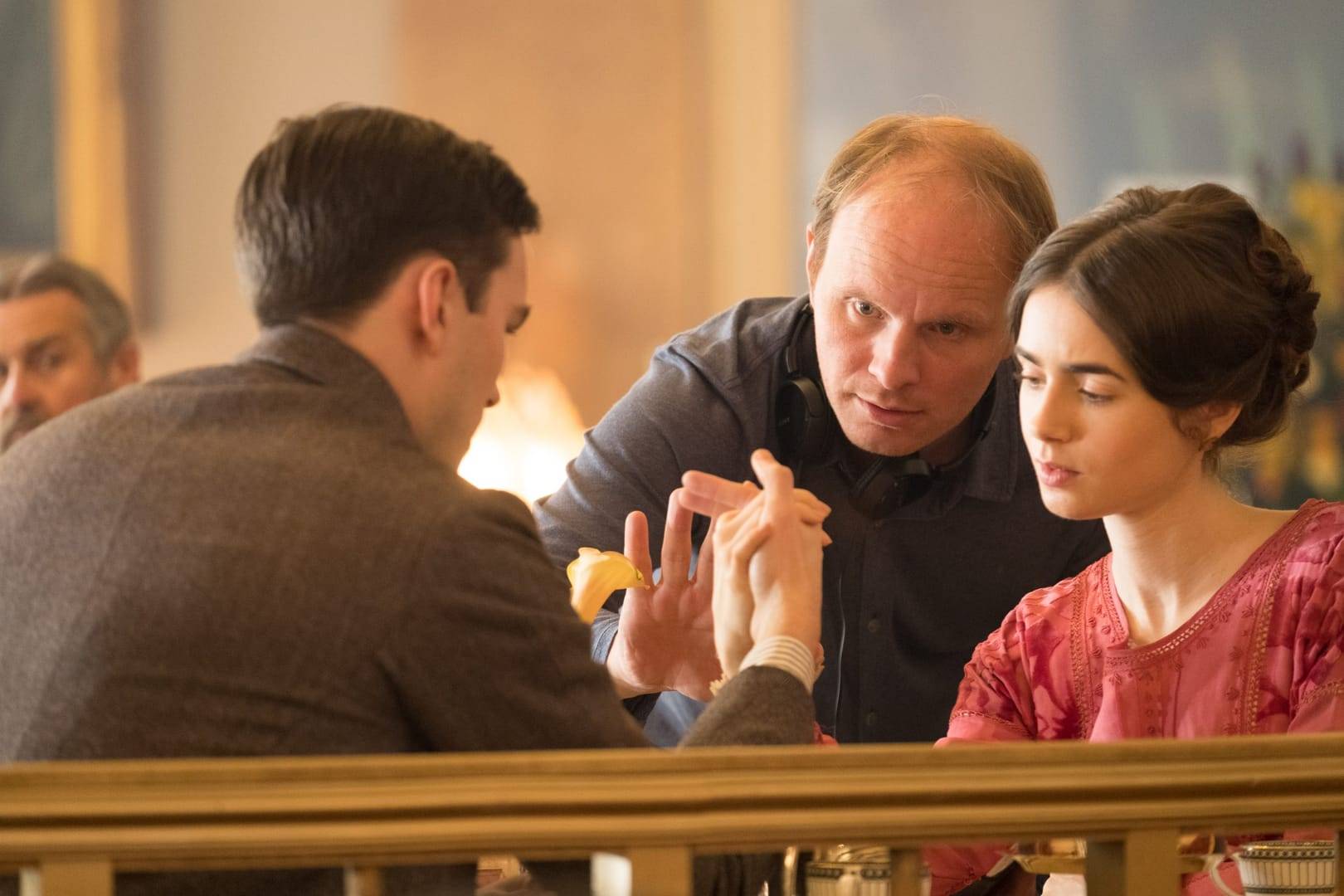Terrorists were still carrying out their gruesome attacks in Paris last Friday when hashtags about praying for Paris started appearing in social media streams, along the lines of #PrayForParis.
Within 24 hours of the attacks, more than 70 million people took to Instagram to post images of solidarity with the victims. Facebook became something of a virtual meeting place, allowing loved ones to see that family and friends in Paris were safe and to offer hopeful thoughts. And the number of prayers posted on Twitter seemed endless. Even Pope Francis got in on the action:
I am deeply saddened by the terrorist attacks in Paris. Please join me in prayer for the victims and their families. #PrayersForParis
— Pope Francis (@Pontifex) November 14, 2015
Our smartphones filmed the attacks and we turned to social media for updates in real time as the tragedy was unfolding, and it felt almost as if we were there. We experienced the fear, the anguish, and above all the powerlessness. This feeling of proximity left many of us feeling helpless, and so we sought to respond in some meaningful way. That meant many of us turned to prayer — even if it’s something we would never do in normal circumstances.
Why is that?
When we are exposed to this level of brutality, we instinctively feel the need to get closer to one another. We cannot face this horror on our own. We need to rally. And the rallying cry this time was #PrayforParis. There was no other way to deal with this tragedy, it seemed, than through prayer.
People sometimes tell me that they would like to pray, but that they don’t know where to start. The prayers they learned as children are either long forgotten, or they don’t seem to rise to the occasion, whether it is something as shocking as the attacks in Paris or even something closer to home, like an illness or death in the family.
In these circumstances, however, it’s important to remember that prayer is more than prayers.
That is, we might have forgotten prayers once known by heart, but in those trying times, we still gather together, light candles, sit with one another, keep silence, and offer hugs. These acts, which often come naturally to us in moments of grief or shock, are prayers.
Today, of course, when confronted with challenging news, we might look for comforting or inspiring thoughts through our online communities, such as using a hashtag on Twitter or retweeting messages that speak to us. In these moments, these 140-character messages are our prayers.
Others may listen to John Lennon’s “Imagine” once again, like we saw in the impromptu concerts in Paris, videos of which we’ve watched on YouTube. This melody connects our feelings and we imagine all the people, all of us in a world where we live as one. And so for many, this too is prayer.
But that still leaves the question: What do these varied acts have in common that make them prayer?
Many centuries ago, a monk compared prayer to a wheel. Those who pray are the spokes. Without prayer, we are at the outer edge, far from each other, lonely, perhaps unreachable. But then we may turn to God, just as the spokes converge towards the hub. And through this turning — prayer — we discover that the nearer we come to this hub, to God, the closer we become to each other. Prayer can make us one.
Nobody is an expert in prayer. The apostle Paul himself tells us rather bluntly that we do not know how to pray. This thought is not meant to discourage us, but rather warn us not to rely on ourselves, on our feelings, or even on our skills when it comes to prayer. Prayer is like a flower that blossoms by itself at the right time and when the right conditions are gathered.
This is the paradox at the center of prayer: it blossoms during moments of helplessness. When we feel powerless, when the shock and the horror appear bigger than what we can handle, when we do not know how to reach one another, we often find that prayer is the answer.
We might not know what to say in prayer, but we may instantly find the right attitude ready inside us. We turn toward God, and we acknowledge that our help will have to come from him. And as we do this, as we turn to God, we get closer to each other. God might remain hidden and mysterious, but our coming together is real.
Are we just fooling ourselves? Some people think so. Prayer does not change anything, they might say. But they miss the point. If they join in, it’s possible they will see — and feel — the miracle of prayer. That is, the miracle is prayer itself, the transformation of shock, fear, and loneliness into hope.
Where events like the attacks in Paris might inspire hatred in us, prayer is the antidote, bringing peace. This peace is contrary to resignation. Prayer is not passivity, as the Dalai Lama seemed to suggest. Through prayer we gather our strength, we become a people.
Our wounds do not turn into blind rage because, in prayer, we become able to face the evil, to keep our eyes open, and find where our power really lies. We do not need to create an enemy to soothe our anger, but we look at the evil inside us, we face our own complicity with it, and we start changing the world by committing to change ourselves. And we know it will work because we do it together, us, all the people.
Pray for Paris.
No words can console those who are struck by tragedies of these proportions. But prayer can.
The Rev. Luigi Gioia is a Benedictine monk and author based in Rome. He is writing a book about prayer.
















